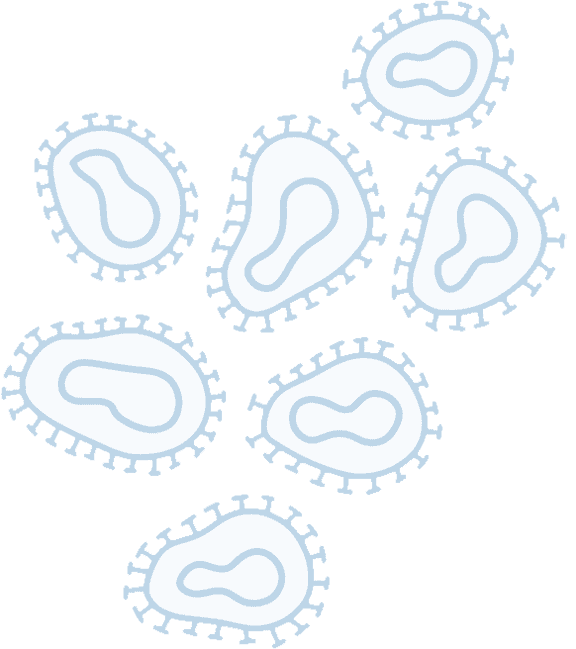CDC Offers Guidance For Providers On Monkeypox Infection Prevention & Control In Healthcare Settings
August 2022
The Centers for Disease Control and Prevention have made recommendations for infection prevention and control of monkeypox in healthcare settings. This infographic illustrates the role of personal protective equipment in managing monkeypox in healthcare settings.
Patient Placement
- A patient with suspected or confirmed monkeypox infection should be placed in a single-person room; special air handling is not required.
- The door should be kept closed (if safe to do so). The patient should have a dedicated bathroom.
- Transport and movement of the patient outside of the room should be limited to medically essential purposes.
- If the patient is transported outside of their room, they should use well-fitting source control (e.g., medical mask) and have any exposed skin lesions covered with a sheet or gown.
- Intubation, extubation, and any procedures likely to spread oral secretions should be performed in an airborne infection isolation room.
Personal Protective Equipment
Personal Protective Equipment (PPE) used by healthcare personnel who enter the patient’s room should include:
Eye protection: Goggles or a face shield that covers the front and sides of the face
Mask: NIOSH-approved particulate respirator equipped with N95 filters or higher
Environmental Infection Control
- Standard cleaning and disinfection procedures should be performed using an EPA-registered, hospital-grade disinfectant with an Emerging Viral Pathogen claim. Such products may be found on EPA’s List Q.
- Monkeypox is classified as Tier 1 (enveloped virus).

Source: Centers for Disease Control and Prevention, Infection Prevention and Control of Monkeypox in Healthcare Settings Updated July 5, 2022.
Find more resources about the healthcare supply chain on HIDA’s Understanding Healthcare Distribution page.